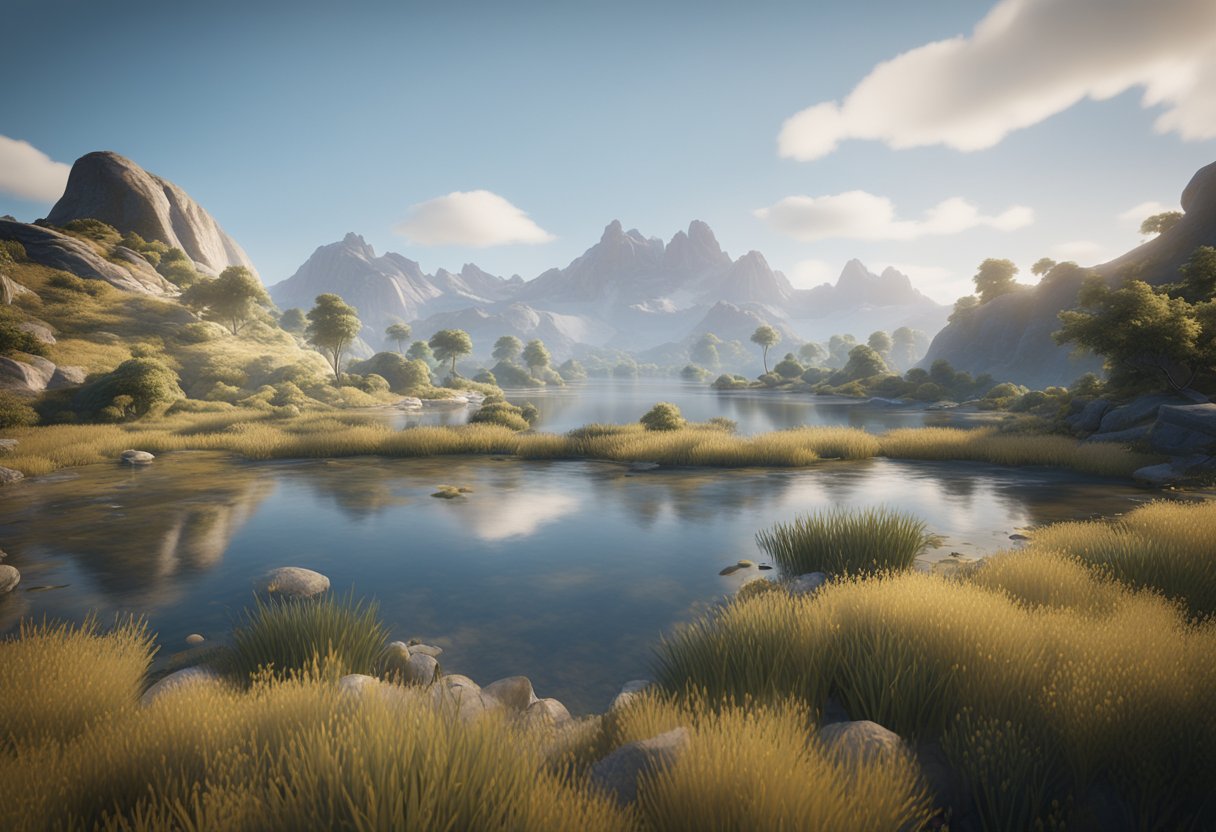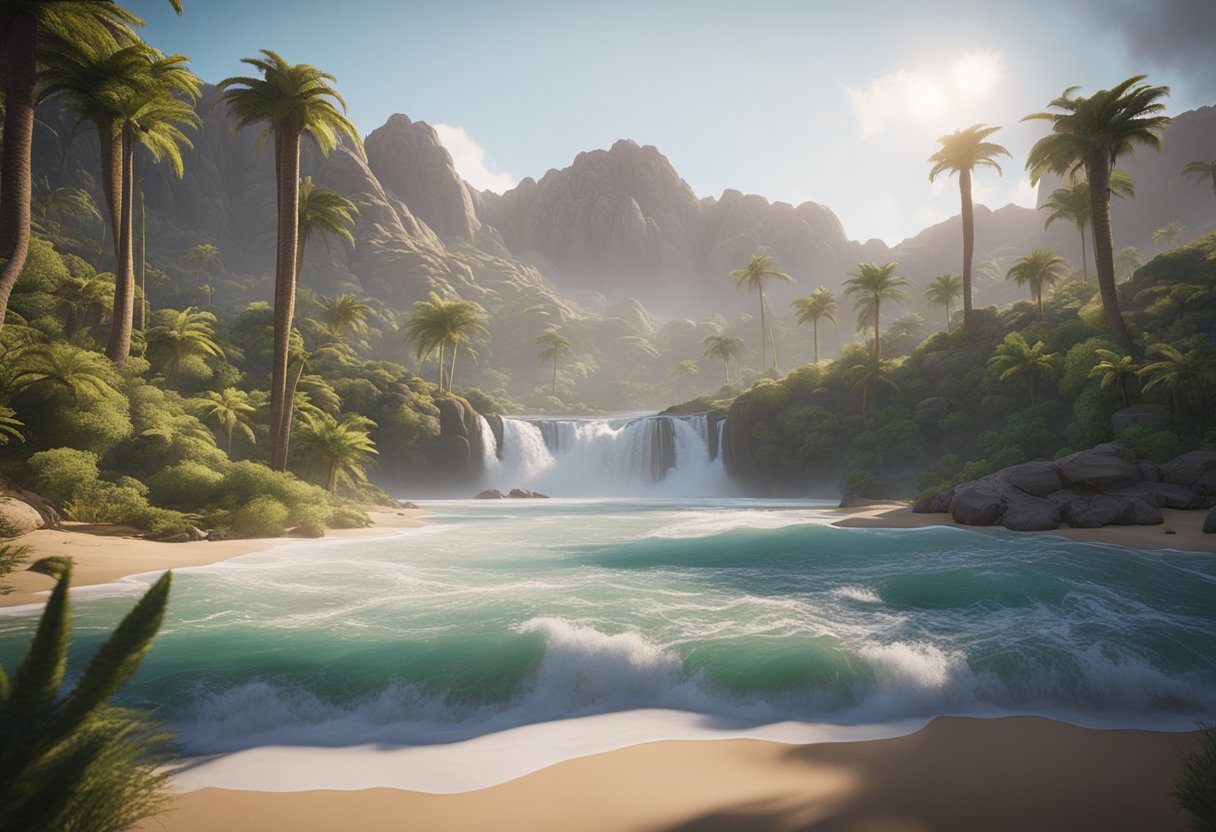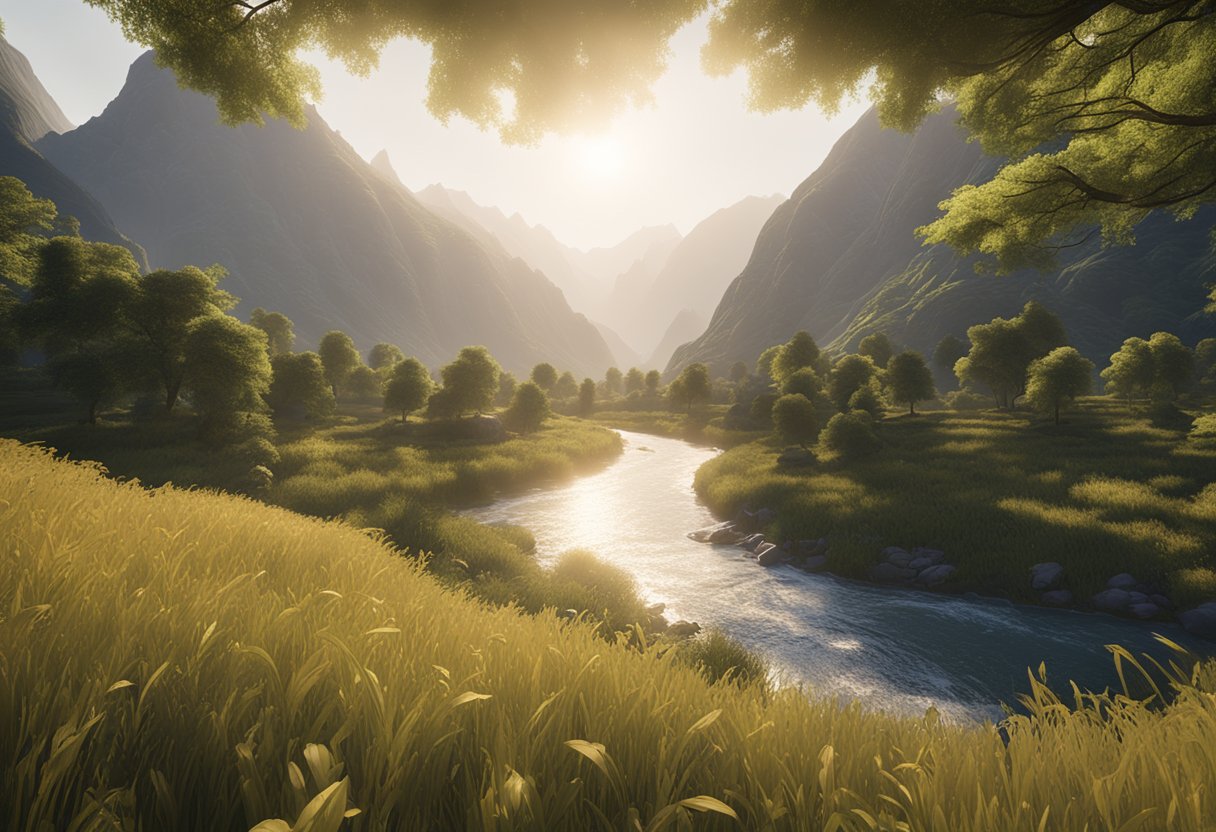
Landscape photography is a popular genre among photographers, as it allows them to capture the beauty of nature and its surroundings. However, achieving sharp focus in landscape photography can be a challenge, especially for beginners. Blurry images can ruin an otherwise perfect shot, and it’s essential to know how to achieve sharp focus to capture the beauty of the landscape.
To help photographers capture sharp and stunning images, here are five tips on achieving sharp focus in landscape photography. These tips will cover various aspects of photography, including camera settings, composition, and focusing techniques. By following these tips, photographers can improve their skills and capture stunning landscape images that are sharp and in focus.
Whether you’re a beginner or an experienced photographer, these tips will help you achieve the sharp focus you need for your landscape photography. With the right techniques and camera settings, you can capture stunning images that showcase the beauty of nature and its surroundings.
Understanding Focus in Landscape Photography

The Basics of Focus
Achieving sharp focus is crucial in landscape photography, as it can make or break an image. Focus refers to the sharpness and clarity of an image, and it can be controlled by adjusting the camera’s settings and lens.
One of the most important settings to consider is the aperture, which controls the depth of field. It’s important to consider the desired depth of field when choosing the aperture setting.
Another important factor is the shutter speed, which controls how long the camera’s sensor is exposed to light. A faster shutter speed can freeze motion and reduce blur, while a slower shutter speed can create a sense of motion blur. It’s important to choose an appropriate shutter speed based on the desired effect.
Hyperfocal Distance
Hyperfocal distance refers to the distance at which a lens must be focused in order to achieve maximum depth of field. This distance varies based on the focal length of the lens and the aperture setting. By focusing at the hyperfocal distance, the photographer can ensure that both the foreground and background are in focus.
One way to calculate the hyperfocal distance is to use a depth of field calculator or chart. These tools take into account the focal length, aperture, and distance to subject to determine the hyperfocal distance. Another option is to use the markings on the lens barrel, which indicate the hyperfocal distance for a given aperture setting.
Understanding focus and hyperfocal distance can help landscape photographers achieve sharp and impactful images. By considering factors such as aperture and shutter speed, and using tools such as depth of field calculators or lens markings, photographers can create images with maximum depth of field and sharpness.
Equipment Essentials

When it comes to achieving sharp focus in landscape photography, having the right equipment is essential.
Choosing the Right Lens
The lens you choose can greatly affect the sharpness of your landscape photos. A high-quality lens with a wide aperture and low distortion can help you achieve the sharp focus you desire. Many landscape photographers prefer to use a wide-angle lens, such as a 16-35mm or 24-70mm, to capture the expansive views of nature. However, it’s important to keep in mind that the wider the lens, the more difficult it can be to achieve sharp focus throughout the entire image.
Tripods and Remote Shutter Releases
Using a tripod and remote shutter release can greatly improve the sharpness of your landscape photos. A sturdy tripod can help eliminate camera shake, which can cause blurriness in your images. A remote shutter release allows you to take the photo without touching the camera, further reducing the risk of camera shake. When choosing a tripod, look for one that is stable and can support the weight of your camera and lens. A carbon fiber tripod is a good option for those who frequently hike to their photography locations, as it is lightweight and durable.
Camera Settings for Sharp Focus
When it comes to landscape photography, achieving sharp focus is essential to capturing stunning images. While there are a variety of factors that contribute to sharp focus, camera settings play a major role. Here are some tips for adjusting your camera settings to achieve sharp focus:
Aperture Priority
When shooting landscapes, it’s important to use a narrow aperture to maximize depth of field. Using aperture priority mode allows you to set the aperture and let the camera choose the appropriate shutter speed for proper exposure. This helps ensure that the entire scene is in focus.
Manual Focus vs. Autofocus
While autofocus can be convenient, it’s not always accurate. In landscape photography, it’s often best to use manual focus to ensure that the most important elements of the scene are in focus. Take your time and use the focus peaking feature if your camera has it to ensure that the focus is sharp.
Using Live View for Precision
Live view can be a useful tool for achieving sharp focus in landscape photography. By using the magnification feature, you can zoom in on a specific area of the scene and adjust the focus until it’s sharp. This is especially helpful when using manual focus.
By adjusting your camera settings and taking your time to ensure that the focus is sharp, you can capture stunning landscape photos that are sure to impress.
Focusing Techniques
When it comes to landscape photography, achieving sharp focus is crucial. Here are two focusing techniques that can help you capture sharper images.
Focus Stacking
Focus stacking is a technique used to achieve a greater depth of field in a photograph. It involves taking multiple images of the same scene, each with a different focus point, and then combining them in post-processing.
To use this technique, you’ll need a camera with manual focus and a sturdy tripod. Start by composing your shot and setting your aperture to a small f-number (e.g. f/8 or smaller) to achieve a shallow depth of field. Then, take a series of shots, adjusting the focus point slightly with each shot.
Once you have your set of images, you can use software like Adobe Photoshop or Helicon Focus to combine them into a single image with sharp focus throughout.
Back-Button Focusing
Back-button focusing is a technique that separates the focus function from the shutter release button on your camera. This allows you to focus and recompose your shot without the risk of accidentally changing the focus point.
To use back-button focusing, you’ll need to enable it in your camera’s settings. Once enabled, you can use the button on the back of your camera (usually labeled AF-ON or AE-L) to focus. To take the shot, simply press the shutter release button as normal.
This technique can be especially useful in landscape photography, where you may need to focus on a specific point and then recompose your shot to achieve your desired composition. By separating the focus function from the shutter release button, you can do this without losing your focus point.
Post-Processing for Enhanced Sharpness
When it comes to landscape photography, post-processing can play a crucial role in enhancing the sharpness of your images. Here are some tips to help you achieve sharper images during post-processing.
Sharpening Tools
Most photo editing software comes with built-in sharpening tools that can help you enhance the sharpness of your images. These tools work by increasing the contrast between adjacent pixels, which makes the edges in your image appear sharper.
When using these tools, it’s important to be careful not to over-sharpen your images, as this can lead to the appearance of artifacts and noise. A good rule of thumb is to apply sharpening in moderation, and to zoom in on your image to check for any unwanted artifacts.
Output Sharpening for Different Mediums
Different mediums require different levels of sharpening in order to achieve optimal sharpness. For example, images that will be displayed on a computer screen or social media platform require less sharpening than images that will be printed.
When preparing your images for output, it’s important to consider the medium in which they will be displayed. Most photo editing software allows you to apply output sharpening based on the intended medium, such as web, print, or screen.
By using the appropriate output sharpening for your intended medium, you can ensure that your images appear as sharp as possible, and that they look their best regardless of where they are displayed.
In conclusion, post-processing can be a powerful tool for enhancing the sharpness of your landscape images. By using sharpening tools in moderation, and applying output sharpening based on the intended medium, you can ensure that your images appear as sharp as possible, and that they look their best regardless of where they are displayed.




